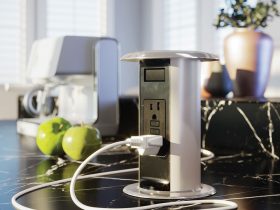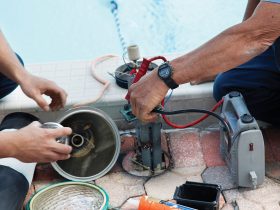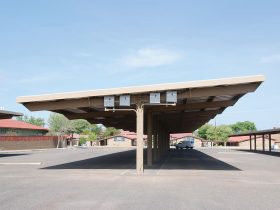Always verify the specific parameters of a QIMS UL 2703 Certification (Listing) by reviewing the Certification (Listing) of the device on UL Product iQ.
This issue's Code Hunter focuses on quizzing your knowledge on changes to the upcoming 2023 National Electrical Code.
COVID and its related supply-chain issues are having various impacts on the installation and inspection of alternative-energy systems, including PV.
The terms in the 2023 NEC are being updated to reflect changes to the NEC Style Manual, leading to less room for interpretation and fewer errors during installation.
UL does certify receptacle assemblies for use in countertops. Learn more about how they are investigated for use in kitchen countertops.
Here are some tips on effectively assessing and mitigating ESD risks during swimming pool inspections and recommendations to pass on to pool owners.
Test your knowledge on swimming pool and electric shock drowning notations in the 2020 NEC by taking this month's Code Hunter quiz.
To ensure that a swimming pool is in top shape and ready for a summer of fun, electrical systems need to be properly maintained and inspected.
As the amount of electrical work on or near pools rises, so also does the risk of major safety hazards, including arc flash.
There are no one-size-fits-all solutions to the ground fault-protected main circuit breaker issue. Diligent attention to the requirements in the NEC and the equipment in the existing installation is required.










